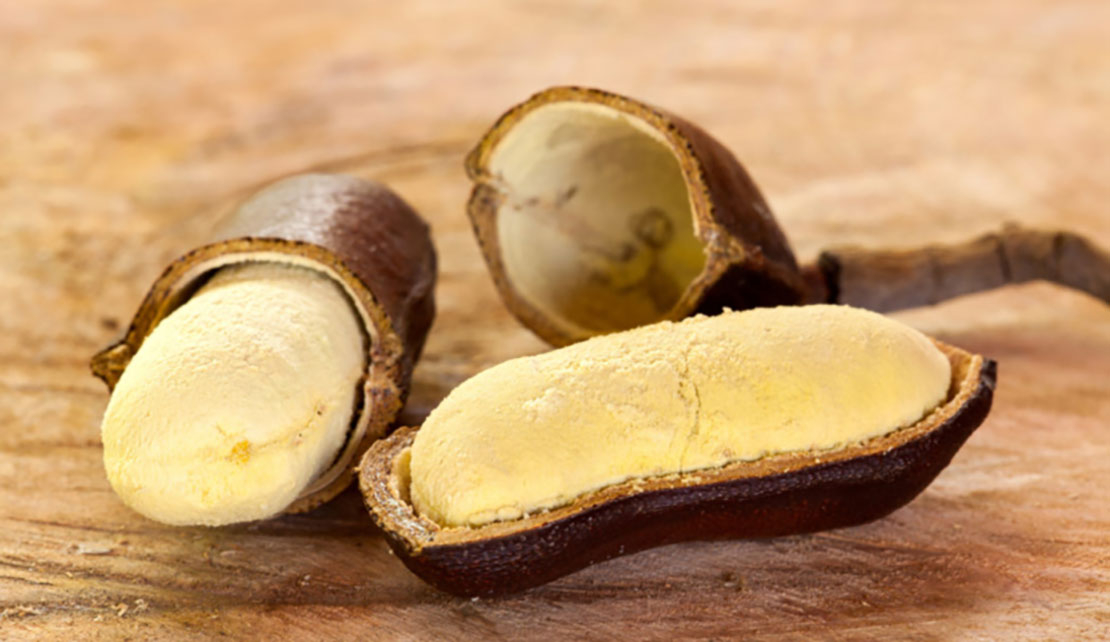FOODS | The Health Benefits of Stinkin' Toe

The stinking toe is rich in dietary iron. When consumed, the iron from the stinking toe is absorbed by the body and helps to produce haemoglobin, a protein found in red blood cells. The haemoglobin transports oxygen to tissues around the body. The more oxygen distributed around the body, the less likely one is to experience anaemia.
Antibacterial and antifungal properties
The Stinking toe is said to have strong antifungal and antibacterial properties and can be used to treat both topical and internal infections. These include urinary tract infections (UTIs), athlete’s foot, headaches, diarrhoea or nail fungus.
Before consuming the fruit for internal issues, consult your doctor as to the best way forward.
Reduces risk of eye disease
Like iron, the fruit is a rich source of Vitamin A, which plays a crucial role in vision by maintaining a clear cornea. Consuming stinking toes may help to replenish the cells within the eyes for proper functionality.
Powerful antioxidant
Like many other fruits, it has antioxidant properties. The stinking toe is sometimes referred to as the free radicals’ “power off button”. The antioxidants found in the fruit track down free radicals within the body and neutralise the harmful effects they may pose. These include heart disease and cancer.
Anti-inflammatory properties
Stinking toe’s anti-inflammatory properties help to reduce inflammation in the respiratory tract, such as asthma, laryngitis and bronchitis. The fruit is also known for helping with rheumatism – any disease marked by inflammation and pain in the joints, muscles, or fibrous tissue, especially rheumatoid arthritis.
Boosts appetite and energy
Many athletes use stinking toe in their smoothies because of the energy the fruit is known to give from its vitamins, minerals and carbohydrates. It is also consumed or given to those who appear to have a loss of appetite. (Our today)

 En
En  Ar
Ar